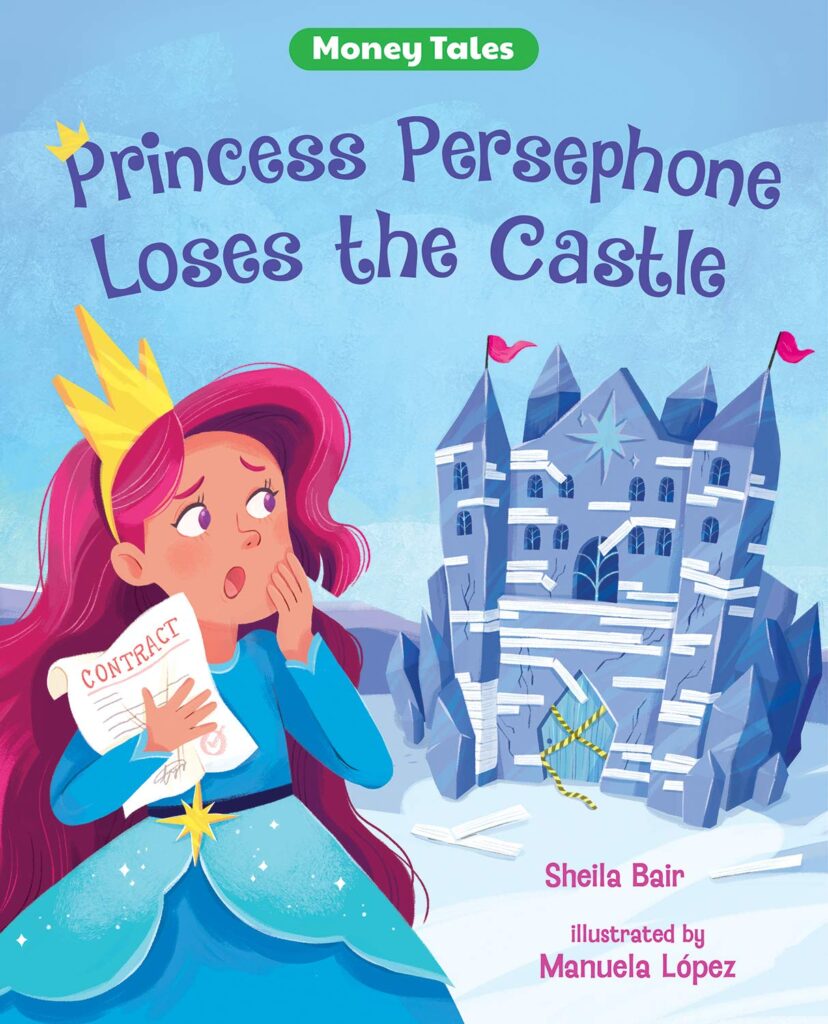

Content Partner
Grades K-2, 3-5
Happy EconEdMonth! Celebrate economics all month long by visiting EconEdMonth.org

Don't have an account yet? Sign up for free
Don't have an account yet? Sign up for free
Students will be able to:

In this personal finance lesson, students will make choices about buying stocks.
Warm-up
Begin the lesson with a brief whole-class Q & A. Ask:
Amazon and Walmart are two of the largest retailers in the world today. While both started out as small businesses owned by one person, today they are large corporations owned by many investors.
Most corporations started out as small businesses with owners who have a bigger vision for the future. Amazon, for example, was started at the beginning of the technology explosion and one of the first companies to take advantage of online sales. Walmart began as a local store on the town square in a small, rural area of Arkansas and gradually expanded into other small towns. It was one of the first companies to use technology to manage its inventory, allowing it to buy and sell at lower prices than its competitors.
A specific legal form of business that has a board of directors and shareholders. While most people assume only big business are corporations, businesses of all sizes are incorporated.
A group of people selected by the shareholders to provide oversight to a corporation.
Individuals who own “shares” or “stocks” in a corporation. They are the legal owners of the corporation and may also be known as “stockholders”.
The answer depends on the legal structure of the corporation. Some corporations are publicly-owned and some are privately-owned. Publicly-owned stock is bought and sold through organized systems called stock markets; privately-owned stock is bought and sold by the company itself. Today’s lesson will focus on those that are publicly-owned.
Stocks are a common type of long-term investment that can help people from all socioeconomic backgrounds gain wealth to meet their future goals, such as retirement.
Modeling
Tell students this lesson will help them understand the terms and resources used to buy and sell stocks. Start the discussion by posing the following question: Suppose you want to start buying stocks. How do you know where to start? Use the following information to help explain the terms and concepts presented in this lesson:
Suppose you want to start buying stocks. How do you know where to start? Stocks are bought and sold in markets called stock exchanges. There are two major stock exchanges in the United States: the New York Stock Exchange and NASDAQ. The New York Stock Exchange (NYSE) is the largest exchange in the United States and one of the largest in the world. Located on Wall Street in New York City, the NYSE is open for trading during the day on Mondays through Fridays – except for holidays. NASDAQ (which stands for National Association of Securities Dealers Automated Quotation System) is also based in New York City. It is the leading trader in technology stocks and was the first exchange to utilize an electronic trading model when it opened in 1971.
Historically, the stock market has been a symbol of the economic strength of the United States. The markets also provide opportunities for investors to increase their wealth and, more recently, have become an important tool for earning retirement income. While the stock market is generally best for long-term investment, some people have attempt to use to “get rich quick”. Those attempts are high risk and not recommended for the average investor. Getting started in the stock market is relatively easy for an investor. A basic starting point, however, is understanding the language of the market. The terms and concepts associated with the market will increase the potential for making good decisions about buying and selling stock.
There are two primary sources of information about stocks: stock tables and stock quotes. Stock tables are generally published after the close of the markets whereas stock tickers provide stock quotes in “real-time” while the markets are open. Both provide important details to help buyers and sellers make informed choices about the market. This lesson will examine terms used in both sources of information.
Distribute copies of NYSE: Definitions and Terms. In this handout, Part A shows the basic information found in stock tables. A description of these terms is available on the YouTube video How to Read Stock Tables for Dummies. Show the video to the class; instruct students to write in the definitions of these terms while watching it. Use the NYSE: Definitions and Terms Answer Key to review Part A of terms with the class. Briefly review the terms to ensure students have correctly identified the definitions.
Tell students that additional terms are generally used in stock quotes, especially those online resources used by investors. Those terms are listed in Part B. Use the GE Stock Quote to complete this section of the handout. No definitions are included on this website; however, they are included in the teacher’s version of the handout. Point out each term on the website and read the corresponding definition, allowing students time to record them on the handout. Use the NYSE: Definitions and Terms Answer Key to review Part B of terms with the class. Briefly review the terms in this section to ensure students have correctly recorded them on their handouts. Ask if they have any questions about any of the terms.
Conclude this activity by reminding students that understanding the terms associated with the stock market is a good start but a savvy investor will be able to use them in making educated decisions about which stocks are their best option. In addition, investors need to consider more than just a one-time snapshot of the stock performance. It can be helpful to look at how the stock has performed over six months, a year, or even five years. While the past is not a perfect indication of the future, it can help provide some insight to make a good decision.
Group Activity
After discussing the terms with students, put them into small groups to research one stock and prepare a two-minute class presentation about why the class should or should not consider buying this stock. Give students time to prepare their presentations. After students have had time to research their stock, have each group present their findings to the rest of the class.
Individual Activity
Before students begin their presentations, distribute copies of My Evaluation of Presentations to each student. As each group presents, all other students should complete their evaluations, determining if they agree or disagree with the group recommendations for their selected stocks. Give a short amount of time after each presentation to allow students to complete their response. After all groups have presented, debrief the activity by asking students what they learned about buying stocks. Collect the student evaluations and provide any appropriate feedback on group presentations. For example, which group seem had the most students agree with their recommendation; find at least one positive comment to report on each presentation.
Play the Kahoot! Game with your class. Divide the students into teams or play using 1-1 devices.
Activity 1
Have students select a company that has been listed on a stock exchange for at least 20 years. Tell students to research the historical price of that stock for the past 20 years and plot the average stock price for each year on a graph. Have students investigate the reason for any substantial changes in stock prices and write a summary of their findings. For example, did the price drop because it filed bankruptcy? Or, did the price increase when the company discovered a new technology?


Content Partner
Grades K-2, 3-5

Grades 9-12

Content Partner
Grades 9-12

Content Partner
Grades 9-12
